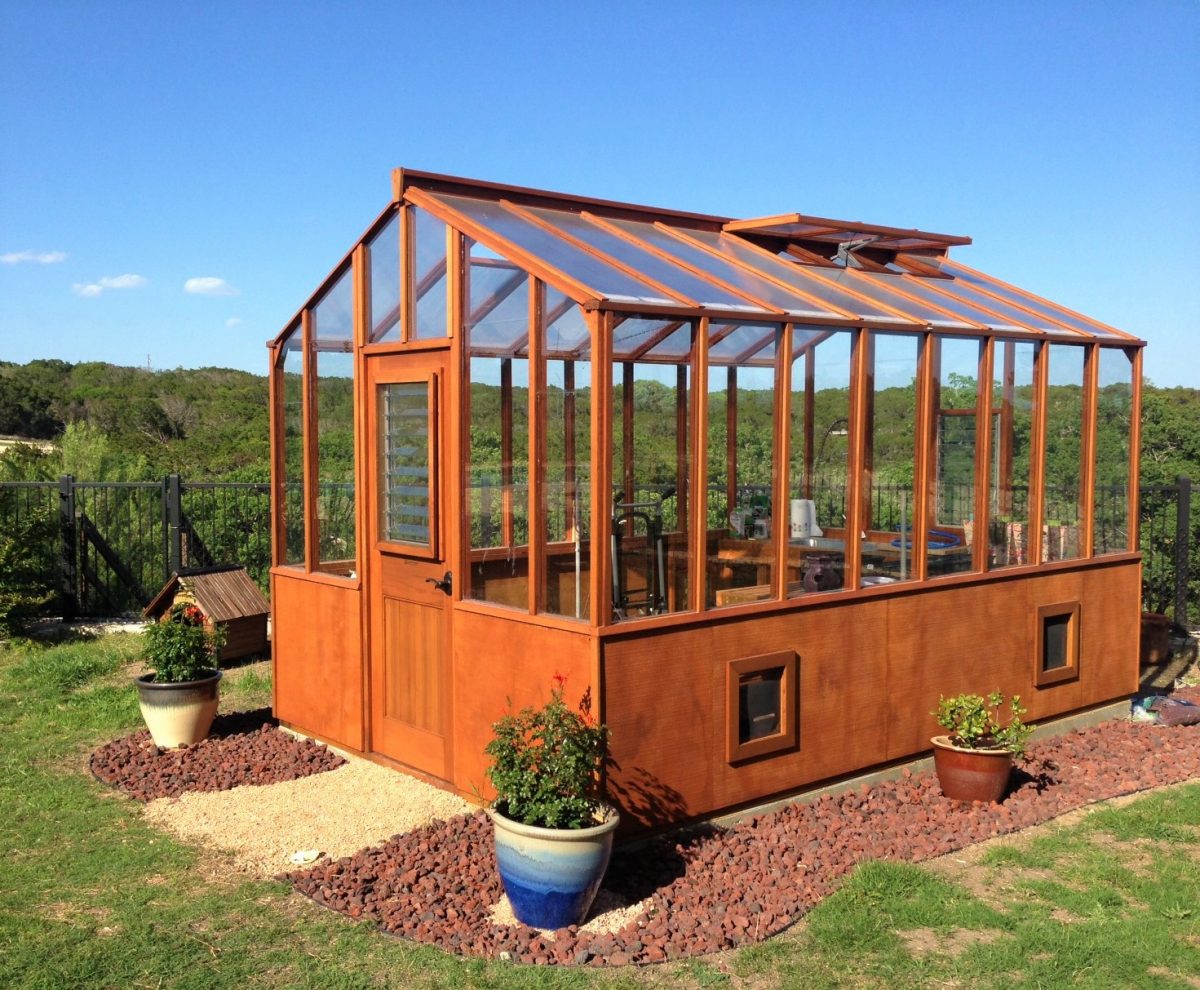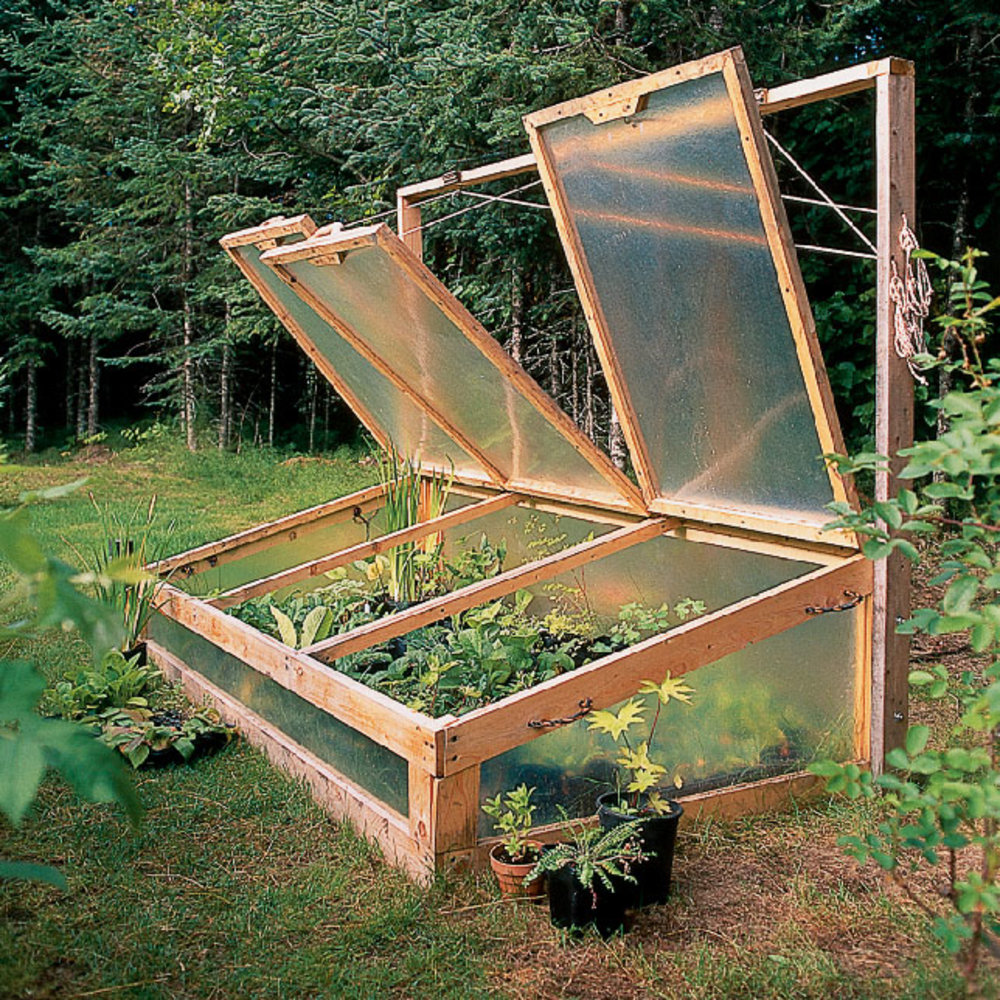DIY Winter Greenhouse Gardening Guide: Thrive in the Off-Season

Are you a gardening enthusiast who dreads the winter months? Do you long for the vibrant colors and fresh scents of a thriving garden even when the world outside is blanketed in snow? Imagine transforming your backyard into a lush oasis, defying the frost with a DIY winter greenhouse. This comprehensive guide will walk you through the process of creating and maintaining your own winter greenhouse, ensuring you can enjoy fresh produce and beautiful blooms year-round.
Why Build a DIY Winter Greenhouse?
A winter greenhouse is more than just a shelter for your plants; it's a sanctuary where you can nurture life even in the harshest conditions. With a DIY greenhouse, you can extend your growing season, protect your plants from frost, and even grow crops that wouldn't typically survive in your climate. Plus, there's a unique satisfaction in building something with your own hands.
Choosing the Right Greenhouse Kits
Selecting the right greenhouse kit is crucial for a successful winter garden. Consider factors like size, material, and insulation. Popular materials include polycarbonate, glass, and polyethylene film. Each has its pros and cons, so choose based on your budget, climate, and aesthetic preferences.
Polycarbonate vs. Glass vs. Polyethylene
- Polycarbonate: Durable, lightweight, and excellent insulation. Ideal for cold climates.
- Glass: Aesthetically pleasing but heavier and more fragile. Great for milder winters.
- Polyethylene Film: Affordable and easy to install but less durable. Suitable for temporary structures.
Building Your DIY Winter Greenhouse
Step 1: Location, Location, Location
Choose a spot that gets maximum sunlight, ideally facing south. Avoid areas with strong winds or excessive shade. A level surface is also crucial for stability.
Step 2: Foundation and Framework
Lay a solid foundation to ensure your greenhouse is stable. Use pressure-treated wood or concrete for longevity. The framework should be sturdy and well-anchored to withstand winter winds.
Step 3: Installing the Cover
Carefully install your chosen material, ensuring it's securely fastened to the frame. Pay attention to corners and edges to prevent drafts.

Insulation and Heating
Insulation is key to maintaining a warm environment. Consider using bubble wrap or foam insulation on the walls and roof. Heating options include electric heaters, propane heaters, or even solar-powered systems.
Tips for Effective Insulation
- Double-layer Polycarbonate: Provides excellent insulation and durability.
- Bubble Wrap: An affordable and effective way to add an extra layer of insulation.
- Foam Insulation: Great for walls and can be easily cut to fit.
Lighting: The Importance of Grow Lights
In winter, natural light can be scarce. Grow lights are essential for supplementing sunlight and ensuring your plants get the light they need. LED grow lights are energy-efficient and long-lasting.
Choosing the Right Grow Lights
- LED Grow Lights: Energy-efficient and long-lasting.
- Fluorescent Lights: Affordable but less efficient.
- HID Lights: Powerful but can generate a lot of heat.
Winter Crops: What to Grow
Winter is the perfect time to grow cool-season crops like spinach, kale, lettuce, and radishes. These plants thrive in cooler temperatures and shorter days.
Top Winter Crops
- Spinach: Loves cool weather and grows quickly.
- Kale: Hardy and nutritious, perfect for winter.
- Lettuce: Varieties like 'Winter Density' and 'Arctic King' are ideal.
- Radishes: Quick-growing and tolerant of cool temperatures.
Maintenance Tips
Regular maintenance is crucial for a thriving winter greenhouse. Keep an eye on temperature and humidity levels, and ensure proper ventilation to prevent mold and pests.
Essential Maintenance Tasks
- Temperature Monitoring: Use a thermometer to keep track of temperature fluctuations.
- Ventilation: Open vents or use fans to circulate air.
- Pest Control: Regularly inspect for pests and treat accordingly.

Conclusion: Embrace the Winter Garden
Building a DIY winter greenhouse is a rewarding project that allows you to enjoy gardening year-round. With the right materials, careful planning, and regular maintenance, you can create a thriving oasis that defies the winter chill. So, why wait? Start planning your winter greenhouse today and reap the benefits of fresh produce and beautiful blooms all year long.
FAQs
What is the best material for a winter greenhouse?
- Polycarbonate is often considered the best material for a winter greenhouse due to its durability, lightweight nature, and excellent insulation properties.
How do I heat my winter greenhouse?
- You can heat your winter greenhouse using electric heaters, propane heaters, or even solar-powered systems. Insulation is also crucial for maintaining warmth.
What crops can I grow in a winter greenhouse?
- Cool-season crops like spinach, kale, lettuce, and radishes are ideal for a winter greenhouse. These plants thrive in cooler temperatures and shorter days.
How do I insulate my winter greenhouse?
- You can insulate your winter greenhouse using bubble wrap, foam insulation, or double-layer polycarbonate. Ensure all corners and edges are securely fastened to prevent drafts.
What are the benefits of a DIY winter greenhouse?
- A DIY winter greenhouse allows you to extend your growing season, protect your plants from frost, and grow crops that wouldn't typically survive in your climate. Plus, there's a unique satisfaction in building something with your own hands.
0 Response to "DIY Winter Greenhouse Gardening Guide: Thrive in the Off-Season"
Post a Comment